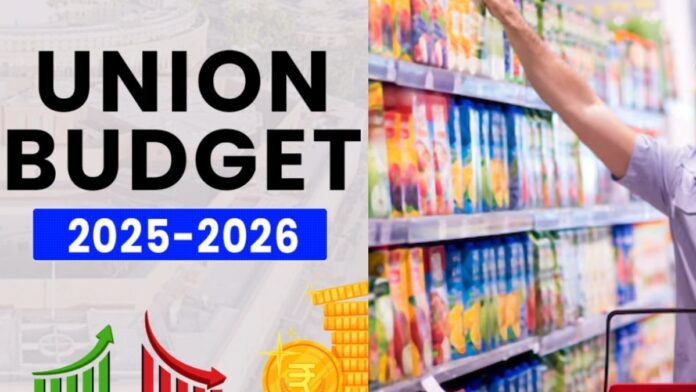The significant income tax cut announced in the Union Budget will aid consumer spending, but only in parts, as the middle class is likely to utilise the extra money in hands to pay off loans, save and invest, some of the country’s top consumer goods companies say.
Suresh Narayanan, chairman and MD, Nestle India, said that he sees about 50% of the tax savings being spent on essential and discretionary purchases.
“This is an optimistic assessment. But some relief is better than no relief,” he said. “The Budget enhancement of minimum taxable income from `7 lakh to `12 lakh is a welcome step. But the relief will go towards enhancing savings or paring debt. Some portion may go towards consumer spending,” said Narayanan, who was among the first FMCG CEOs to flag a shrinking middle class in October last year.
Also Read Need to go all out on FDI Earning Rs 15 lakh annually? Here’s which tax regime suits you the best – New vs old Stock investor? Know how to harvest Rs 1.25 lakh tax-free capital gains! Budget 2025: Individuals earning up to Rs 15 lakh a year may get a big tax relief, feel experts
Tax experts have indicated that about a third of the tax relief, estimated at `1 lakh crore, could go into consumer expenditure and the rest into savings and investment. Moreover, the spectre of rising food inflation and stagnant wage growth could also eat into consumer spending as the middle class seeks to conserve its financial resources for the future.
“Inflation is a real concern for the middle class and something that will have to be monitored closely, even as the finance minister has put more money in the hands of consumers,” Mohit Malhotra, chief executive officer (CEO), Dabur India, said.
In Mumbai, for instance, where public transport is common, the minimum auto and cab fares have been raised by `3 each beginning Saturday, which is expected to hurt the middle class. Retailers and shop owners that FE spoke to said that commercial transporters may also increase their fares this month, which could have a cascading impact on the price of goods and services in the city.
FMCG companies, on the other hand,
» Read More


